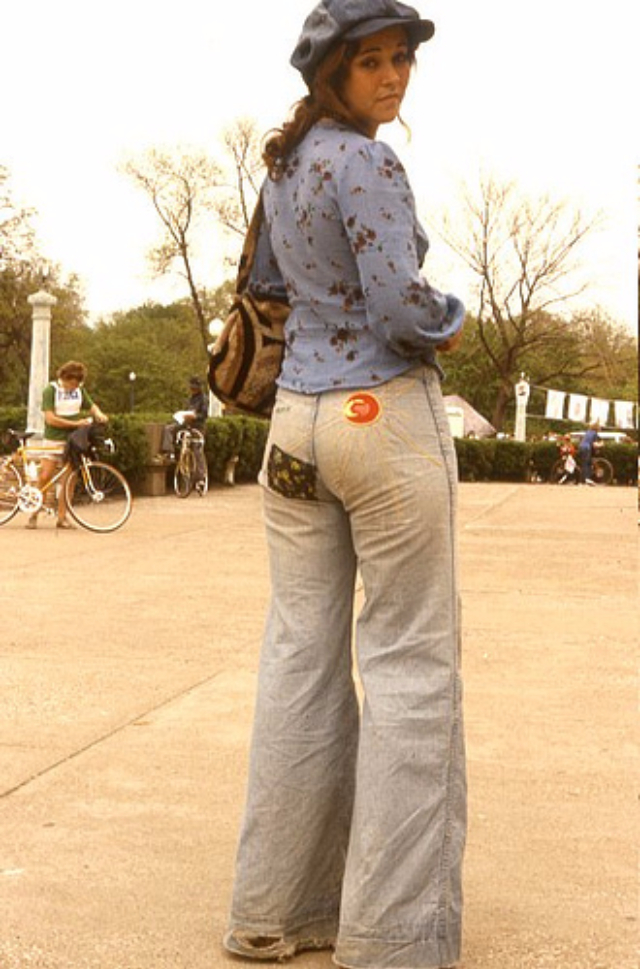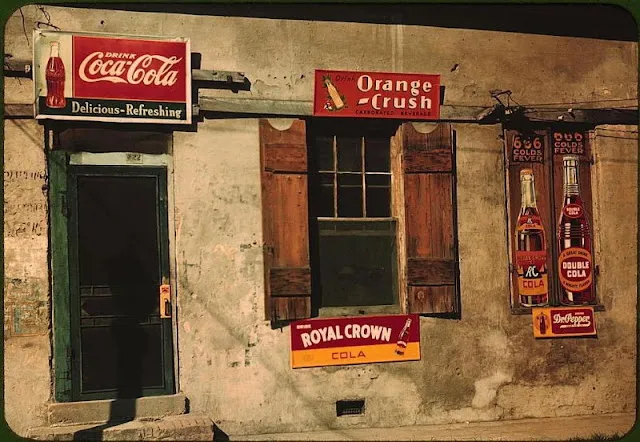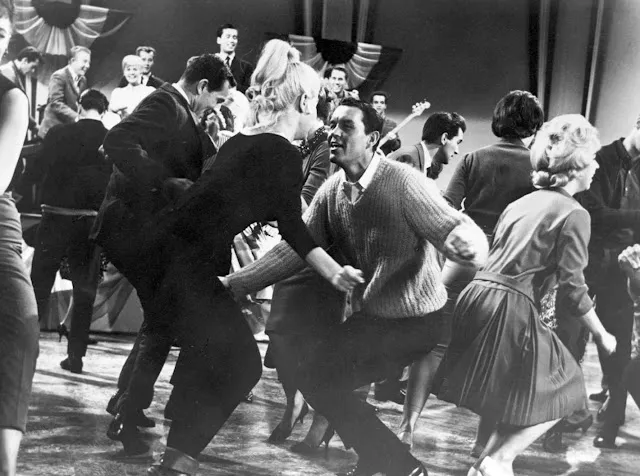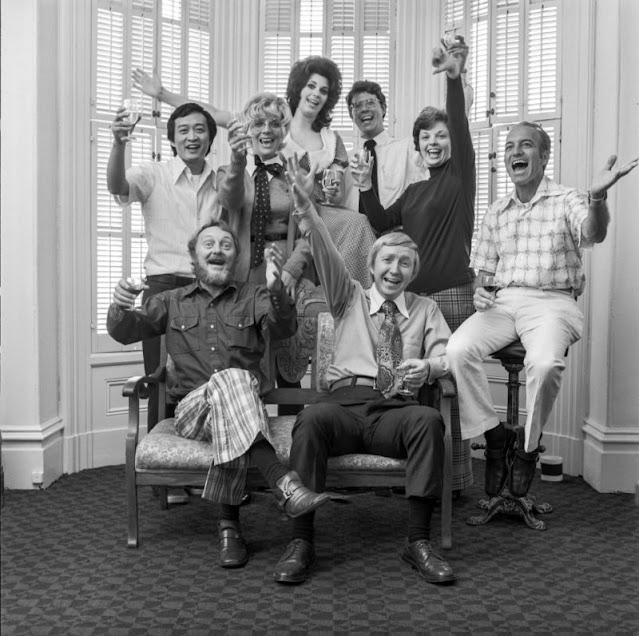Whenever photographer Paul McDonough had enough time and money to get out of the city in the 1970s and ’80s, the New Yorker would pack his camera bag and drive.
He had a brother in Oregon and friends in Los Angeles, New Orleans and elsewhere, so he’d have an end destination in mind, but he kept the itinerary loose.
“The whole point for me as a photographer was to be ready for unscheduled stops,” McDonough told CNN.
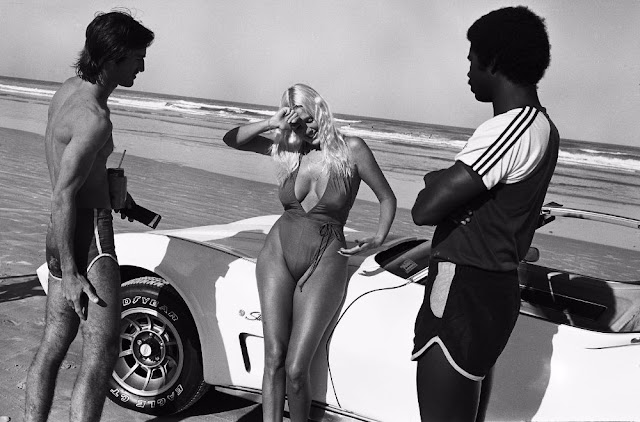
In a way, he said, he was looking for a distraction. His pictures describe the space between the truth and the fiction of public life. People queuing up for roller skates, a girl sitting by herself in blinding light—these are graphic images about our resistance to knowing anything or anyone other than ourselves.
“Some states take a day to get through, and you might not feel inclined to get off the highway,” he said. “Others kept you there for a few days.”
McDonough did part-time work for advertising studios and taught part-time at the Pratt Institute of Art. He would save up to buy a beat-up secondhand car, work on it until it ran, then take off for a few months.

“I’d try to go as long as the money would hold out,” he said.
Whether he was shooting on the streets of New York or from the window of his car, McDonough didn’t stop moving. He sought small towns and “sleepy places” rather vacation resorts.
He looked “for what people are doing, where they live, what’s the entertainment in that part of the world.”

|
| Florida, 1979 |

|
| Route 101 West, Coffee Shop, 1971 |
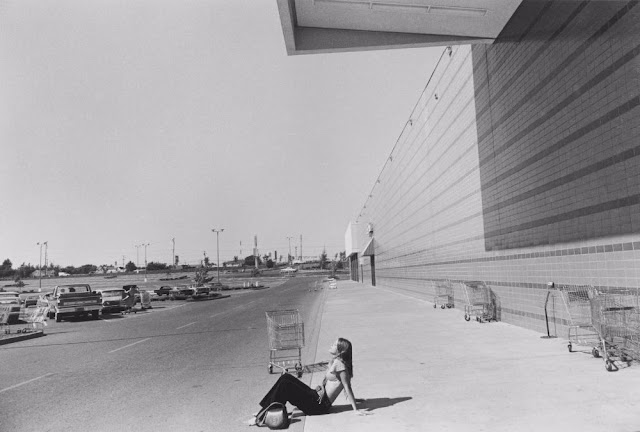
|
| Woman Sunbathing, Portland, Oregon, 1973 |
 |
| People on a Tour Boat, 1973 |
 |
| 'Burger King'. Portland, Oregon, 1973 |
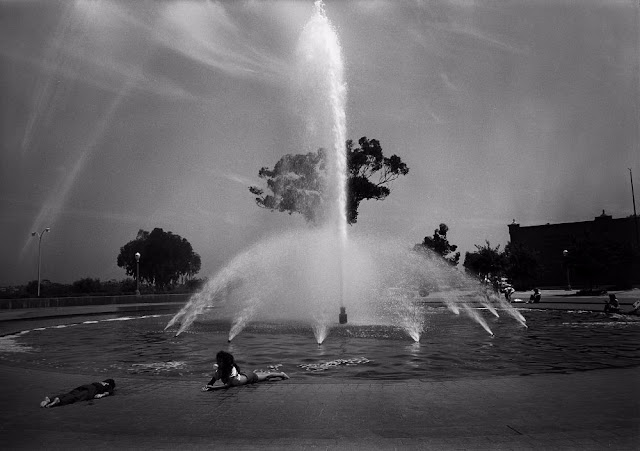 |
| Kids & Fountain, 1977 |
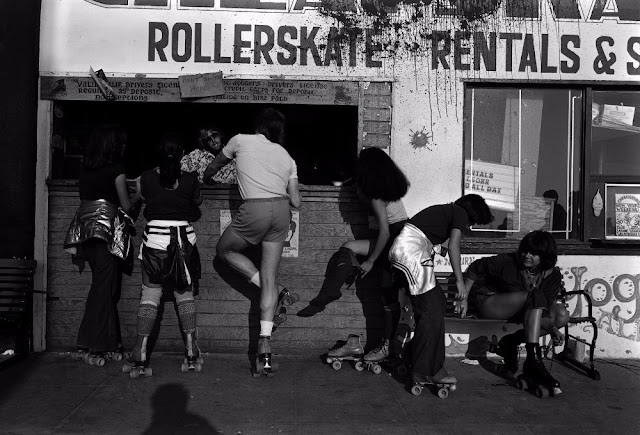 |
| Roller Skate Rental, LA, 1978 |
 |
| 'Sigmor' Gas Station, 1977 |
 |
| California, Two Men and a Woman, 1979 |
 |
| Santa Monica Beach, Camper with People, 1977 |
 |
| Daytona Beach, Florida, 1982 |
 |
| Beach, Oregon, 1971 |
